
MEET THE BUILDER
MIKE BERNER ENJOYS WRAPPING HIS HEAD AROUND PROJECTS OF ALL SIZES AND HELPING PEOPLE BUILD COOL STUFF.
1 BUILD THE FOUNDATION
We removed 8 in. of topsoil to make room for our base layer of rock. We leveled and compacted the dirt, rolled out heavy-duty landscape fabric, then added at least a 2-in. layer of 3/4-in. limestone. Next we created a mini retaining wall using landscaping timbers. We placed, leveled and squared three sides of the retaining wall, leaving the fourth side off until most of the rock was dumped.
We secured the timbers at the corners with 8-in. timber screws and fastened a pressure-treated board to keep the timbers together at the seams. When most of the rock was dumped and evenly spread, we built the fourth side. Then we leveled off and compacted the rock with a tamper.
2 BUILD THE SIDE AND BACK WALLS
To build the walls, we used pressure-treated 2x4s for bottom plates and cedar 2x4s for top plates. We cut them to the length of each wall and marked the stud layout on them. Because the studs will be visible inside and outside, we wanted the walls to be symmetrical, so we found the center of the wall and marked the studs every 16 in. on-center from there. We nailed the cedar 2x4 studs through the plates and then fastened a second bottom plate. After tipping up each wall, we kept it plumb with braces at each corner and nailed the corners together, making sure the top plates were flush on top.
3 FRAME THE FRONT WALL
This story is from the {{IssueName}} edition of {{MagazineName}}.
Start your 7-day Magzter GOLD free trial to access thousands of curated premium stories, and 9,000+ magazines and newspapers.
Already a subscriber ? Sign In
This story is from the {{IssueName}} edition of {{MagazineName}}.
Start your 7-day Magzter GOLD free trial to access thousands of curated premium stories, and 9,000+ magazines and newspapers.
Already a subscriber? Sign In

7 Bicycle Maintenance Tips
Keep your bike in tiptop shape and ride safe!
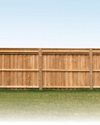
SETTING FENCE POSTS WITH EXPANDING FOAM
Any fence builder knows you need strong posts for a strong fence, and that means backfilling the postholes with a dense, hard material other than dirt.
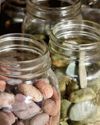
PEBBLE MOSAIC STEPPING STONES
COLLECT SOME RIVER ROCK AND MAKE YOUR OWN UNIQUE STEPPINGSTONE PATH
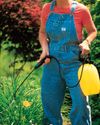
EARTH-FRIENDLY WEED KILLERS
HEALTHIER CHOICES FOR HUMANS AND THE ENVIRONMENT
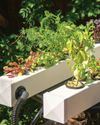
DIY! HYDROPONIC GARDEN
FRESH VEGETABLES AT YOUR FINGERTIPS
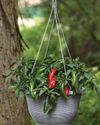
GROW MINI VEGETABLES
GROW A GARDEN IN A TINY SPACE!
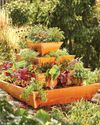
BUILD A VERTICAL GARDEN
TIME TO GROW UP!

MODERN WATER FOUNTAINS
A SPLASH OF PEACE FOR YOUR PATIO
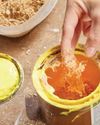
9 ALTERNATIVE USES FOR SAWDUST
Every fully stocked wood shop has a table saw. You can usually find a pile of sawdust under it, even if it's used only occasionally. If a shop has a belt sander or band saw, there's probably another pile of finer sawdust under that. Even people without stationary tools have sawdust accumulation on their workbenches.
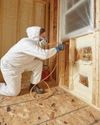
INSULATE WITH FOAM
IT'S A GREAT ALTERNATIVE TO FIBERGLASS